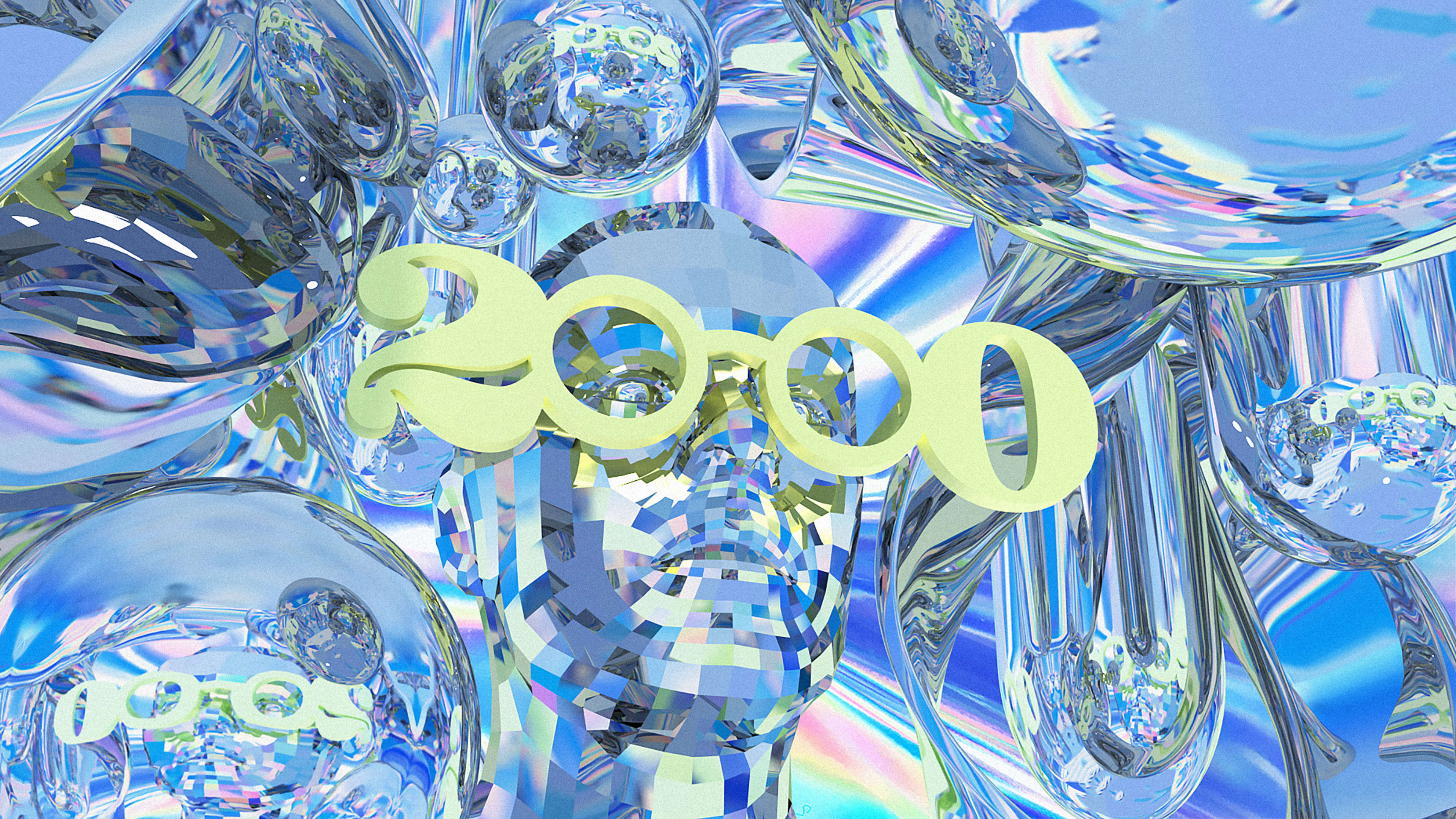“This is not one of the summer movies where you can close your eyes during the scary parts,” then-President Bill Clinton said to a group of scientists in a speech during the summer of 1998. “Every business, of every size, with eyes wide open, must face the future and act.”
Clinton wasn’t warning about a natural disaster or asteroid strike, though Deep Impact and Armageddon had just been released. He was talking about Y2K, the digital disaster that threatened to bring down the entire planet’s network infrastructure when the last second of 1999 clicked into the first of 2000. Countless software programs would glitch out. Hospitals would be left in the dark. “Ninety-five percent of the revenue stream of the United States could be jeopardized,” warned the commissioner of the IRS. On December 9, 1999, exactly 20 years ago, CNN published a Y2K preparedness checklist that included three-day supplies of food and water.
The Y2K bug must’ve seemed inevitable: Of course the immense technological progress that led up to 2000 would end in disaster. The world’s over-reliance on computers would be punished. Yet when the moment finally came, on December 31, 1999, nothing disastrous happened—thanks, perhaps, to $100 billion spent on software patches and repairs. Instead, the third millennium got underway without incident. The future looked bright, buoyed by the revelation that the techno-panic had been a farce. The machines were more resilient than we’d given them credit for.
The design of those years was relentlessly optimistic and experimental; it also outlined the shape of the world we live in today. Razr turned cell phones into objects of fashion and luxury, foreshadowing “premium” smartphones. AIM invented a genre of ambient, always-on messaging that Campfire and Slack later realized as a global enterprise. The Palm Pilot presaged our obsession with productivity apps, data tracking, and optimization. Even the outlines of today’s fashion industry took shape: Delia*s pioneered an early version of the brand-driven, direct-to-consumer fashion model later realized by companies like Everlane.
America had reached the zenith of the midcentury consumer boom, sparked by the rise of inexpensive plastic, the invention of the shipping container, and Cold War-fueled technological progress, but it wouldn’t last. The dot-com bubble burst two months into 2000. An actual disaster, on September 11, 2001, touched off an era of endless wars. By 2007, Apple had hammered technology into its final form: a thin piece of glass and metal. Software would become the engine driving design forward. In 2008, the Great Recession would finally reveal the practices fueling the era’s seemingly unstoppable economic growth. Looking back, the design of the late 1990s and 2000s, with its glossy, colorful composites and CGI-rendered backdrops, feels both ancient and current—a wireframe sketch of where technology would go.
Twenty years on, it looks more and more like a blueprint for the present. So, in honor of the 20th anniversary of the year 2000, we’ve talked to many of the designers behind the era’s most popular products. Follow along this week as we report on the stories behind this influential, and often overlooked, era of design:
Recognize your brand’s excellence by applying to this year’s Brands That Matter Awards before the early-rate deadline, May 3.
